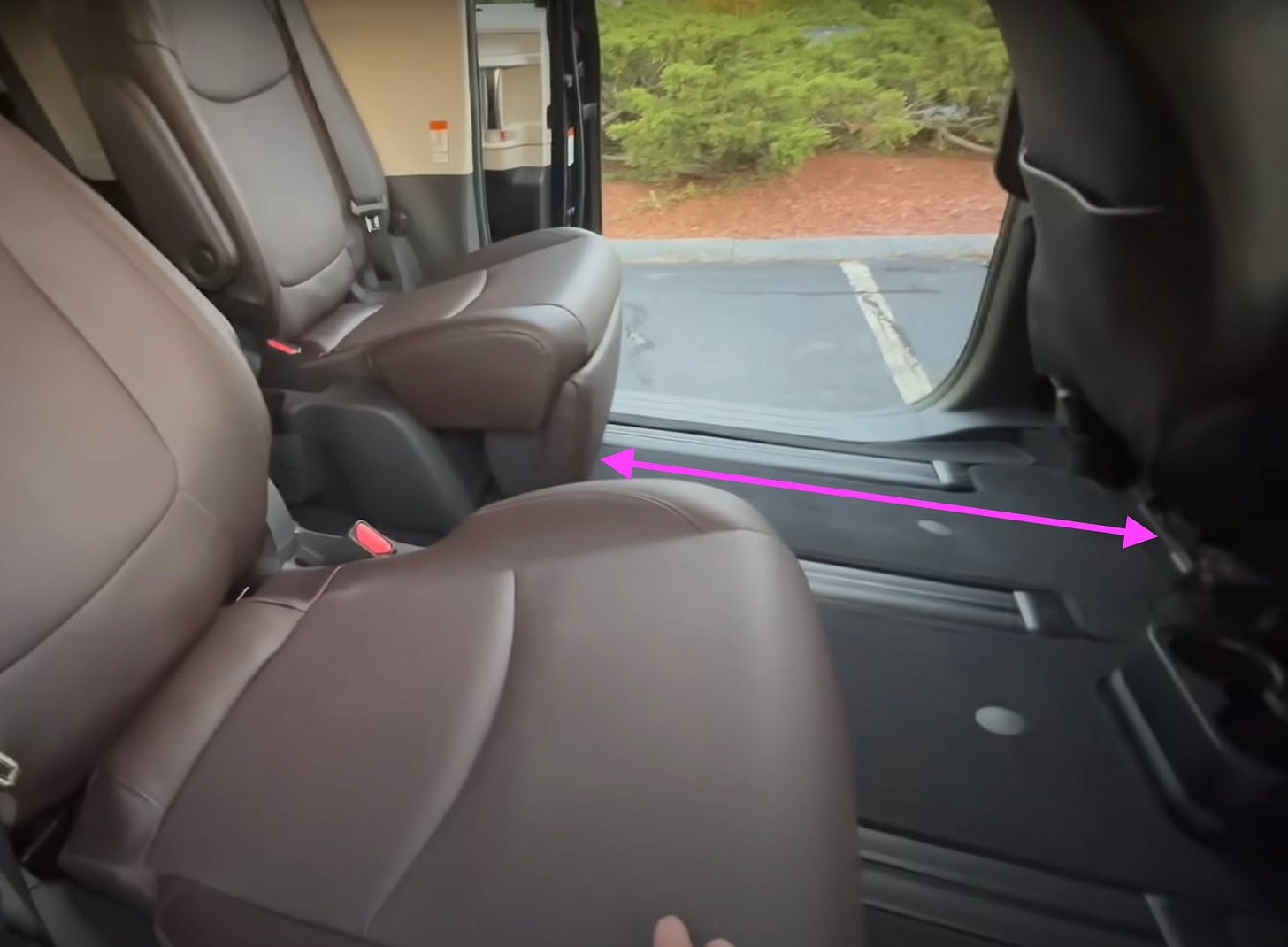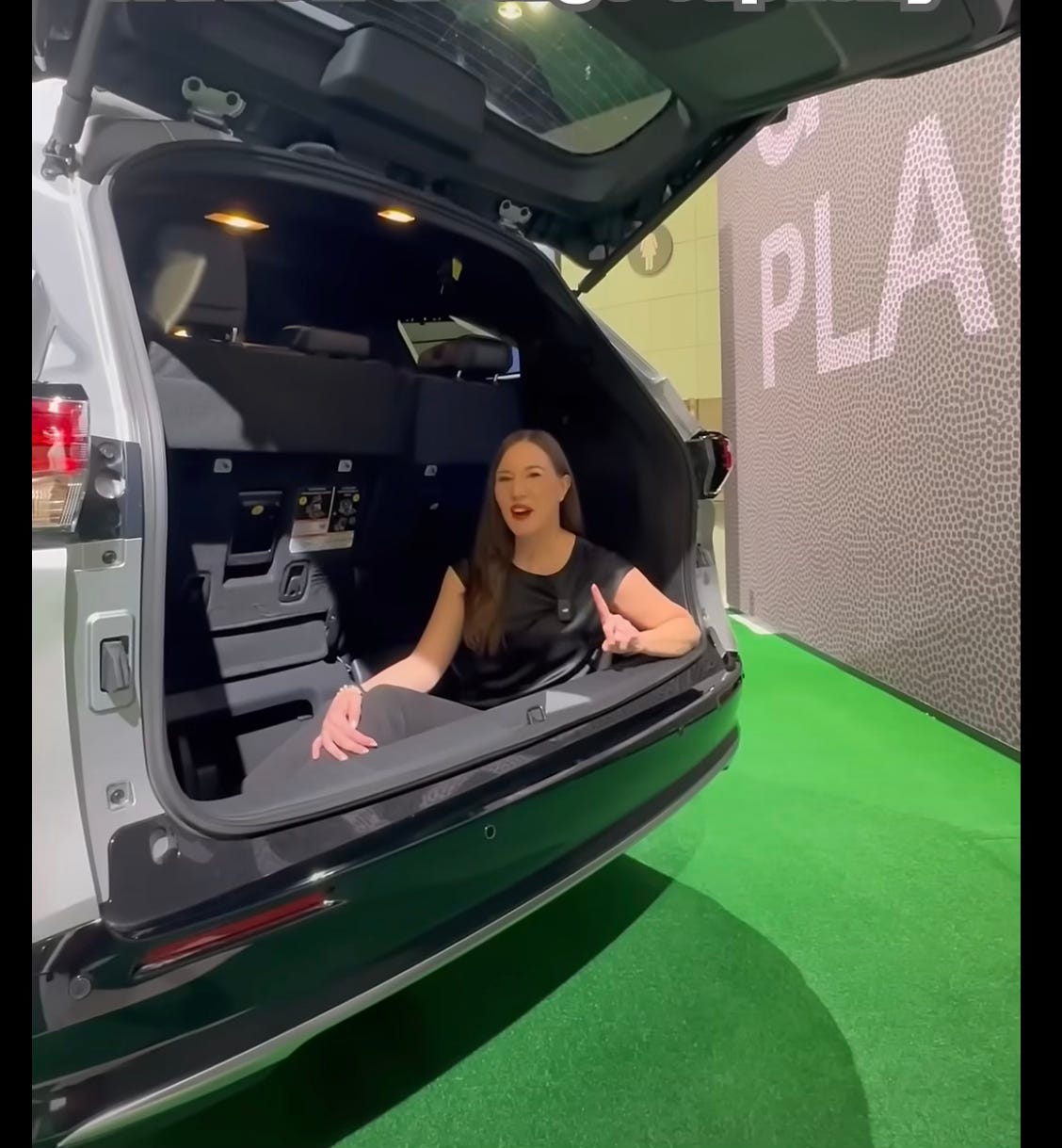What’s the Indian equivalent of a US minivan? If you ask people this question, they’ll answer, “MPV”. But that’s like saying Java is same as Javascrpt: they’re alike only in name.
In India, if you hear the term “MPV”, you need to interpret it as “3-row vehicle”. It’s a few inches taller and slightly longer than a crossover like the Creta. It’s just an enlarged crossover. That’s it.
By contrast, US minivans are a completely different breed. They offer the smoothest ride of any vehicle: the suspension can soak up bumps, the engine is refined, and it’s quiet. This is called NVH (Noise, Vibration and Harshness) and makes a big difference to whether the vehicle feels comfortable:
By contrast, Indian MPVs are just stretched crossovers and are no more comfortable.
US minivans have immense legroom in the middle row. Even a tall person like me can stretch comfortably:
By contrast, I can’t stretch comfortably in the middle row of Indian MPVs like the Toyota Hycross, Toyota Fortuner, Mahindra Scorpio N or Maruti Invicto. I can only in the Kia Carens and Hyundai Alcazar.
The rear doors also slide rather than open on a hinge. This makes it easier to open the door and exit when parked next to another vehicle, and for the elderly.
US minivans also have space under the center console for storage:
Minivans often have a deep trunk:
You can stand a big suitcase — the biggest permitted for international check-ins!
If your luggage is long rather than high, some minivans let you fold both the third and second row:
In some other minivans, you can remove the seats, rather than folding them. Regardless of how it’s done, minivans can accommodate long cargo.
Unfortunately, as with other products, MPVs in India are watered-down versions of US MPVs. I wish we had the real deal here.







